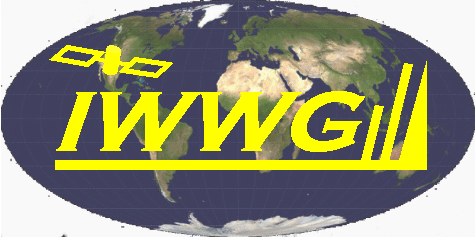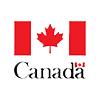Recent and Upcoming Changes in Satellite Wind Usage in U.S. Navy NWP
The past couple years have brought significant changes to the meteorological geostationary satellite constellation and to the derived winds produced from data from these satellites. These include the replacement of Meteosat-8 by Meteosat-9 for Indian Ocean coverage, the December 2022 replacement of Himawari-8 by Himawari-9, the January 2023 replacement of GOES-17 by GOES-18, and the addition of KOMPSAT-2A to both supplement low-level Himawari winds and to serve as a backup if data from both Himawari satellites are unavailable. There have also been some changes in the derived winds available from polar-orbiting satellites, most notably the addition of ASCAT winds from Metop-C and University of Wisconsin Tandem VIIRS and VIIRS shortwave-infrared winds, as well as the replacement of NESDIS Metop AVHRR and ASCAT winds with their cloud-computed equivalent. This talk will describe changes made to the satellite-derived winds assimilated in U.S. Navy models, strategies used in accommodating these changes, and plans for improving the satellite wind preprocessor to facilitate future changes.






